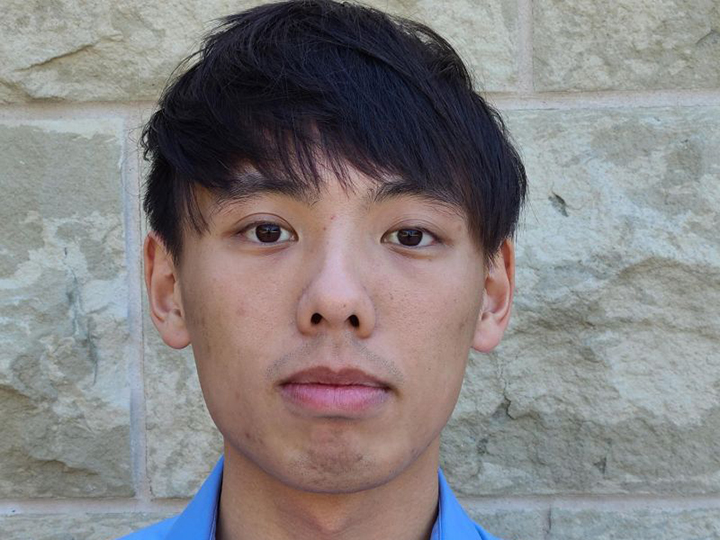COVID Tracker Research Conducted by Jacky Chan

Jacky Chan, a UH undergraduate, and his team developed an innovative project to track the amount of COVID cases in specific communities. Chan was able to conduct productive research with the guidance and support of David Buck, founder of the Patient Care Intervention Center (PCIC) and associate dean of community health at the University of Houston’s College of Medicine. Chan discussed the purpose of this project and how it can impact several communities.
- Discuss your project. What inspired you to create this project?
JC: In the last semester, I received an introductory email about a data science research program led by the computer science department. This is a collaborative project.
Although I am majoring in computer science, I have always found myself being more passionate in data. I am curious to explore what insights can be distilled from massive data and how they can help the public. Driven by curiosity, I applied for this opportunity and became a proud member of this research project.
- How will your project benefit the community?
JC: The COVID-19 pandemic has been impacting the United States since the beginning of 2020. In just several months, total confirmed cases have reached 6.3 million and with more than 190k deaths across the nation. The numbers continue to increase.
The priority of the nation is to flatten the curve. There are multiple ways to flatten the curve, including practicing social distance, self-isolation, or wearing a mask. However, the number of confirmed cases is still growing due to the public’s lack of awareness of the severity of this disease and how their communities have been impacted.
Although confirmed cases are tracked via zip codes, the more granular information is lacking in terms of which community has the most COVID cases and which part of the area could be considered a “low risk area.” Often, residents need the information on the census tract level to guide their behaviors, follow CDC guidelines and further flatten the curve. However, due to the privacy concerns, the number of cases in each census tract is not obtainable from the government.
People who use PCIC’s dashboard will have more visibility regarding the risk of contracting COVID in their area and will hopefully practice more safe practices than those who don’t have access to the dashboard.
- What were the pros & cons of working on this project?
JC: The pros are it gives valuable learning experiences, opportunities for students (especially in COVID-19), great resources and support. The cons are the need for an unanticipated level of virtual infrastructure.
- What advice do you have for other researchers doing their projects during a pandemic?
JC: It is hard to communicate with your team members because you cannot frequently meet with them due to the pandemic. So, it is important to frequently check-in with your team for the project. Make sure everything is on track. Determine some of the next steps and short/long term goals.
News Category
UH Data Science News
People